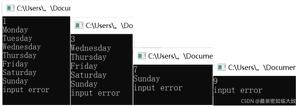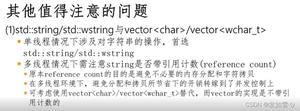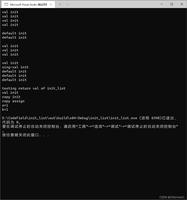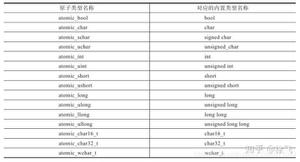C++通过升序
我试图排序第一矢量 向量升推回第一向量和分选矢量[0]为x1的点,那么它的长度总是改变C++通过升序
vector<int> v1; v1.push_back(l[0]);
vector<int>::iterator Iter = v1.begin();
for (Iter = v1.begin(); Iter != v1.end(); Iter++){
sort(v1.begin(), v1.end());
cout << *Iter << endl;
它没有任何错误,但不能按顺序排序。我该如何解决它?
编辑--------------------------------------------- -------------------------------
void thresh_callback(int, void*) {
/// Load source image and convert it to gray
src = imread(img_file, 1);
Mat threshold_output;
Mat threshold_output1;
Mat dst;
vector<vector<Point> > contours;
/// Detect edges using Threshold
Canny(src_hist, threshold_output, thresh, thresh * 3, 3, false);
Sharpen(threshold_output, threshold_output1);
cvtColor(threshold_output1, dst, CV_GRAY2BGR);
vector<Vec4i> lines;
HoughLinesP(threshold_output1, lines, 1, CV_PI/180, thresh1, min_line, max_gap);
int erosion_size = 1;
Mat element = getStructuringElement(MORPH_ERODE,
Size(2 * erosion_size + 1, 2 * erosion_size + 1),
Point(erosion_size, erosion_size));
/// Apply the erosion operation
dilate(dst, dst, element);
imshow("Source", dst);
for (size_t i = 0; i < lines.size(); i++)
{
Vec4i l = lines[i];
Scalar color = Scalar(rng.uniform(0, 255), rng.uniform(0, 255), rng.uniform(0, 255));
int dx = l[2] - l[0];
int dy = l[3] - l[1];
double rad = atan2(dx, dy);
double degree = (rad * 180)/M_PI;
if (degree >= 180) degree -= 180;
if (degree < 15 || degree > 165) {
line(src, Point(l[0], l[1]), Point(l[2], l[3]), Scalar(0, 0, 255), 1, 8);
//printf("%lf\n", degree);
//printf("%d, %d, %d, %d, %d\n", l[0], l[1], l[2], l[3], i);
vector<int> v1;
v1.push_back(l[0]);
vector<int>::iterator Iter = v1.begin();
sort(v1.begin(), v1.end());
for (Iter = v1.begin(); Iter != v1.end(); Iter++){
cout << *Iter << endl;
}
}
imshow("source", src);
}
}
我用houghline找出点x1,x2, y1,y2 并得到每x1和排序升序
回答:
不确定这是你的问题,但是......你在for循环内定义v1。
for (size_t i = 0; i < lines.size(); i++) {
// ...
vector<int> v1;
v1.push_back(l[0]);
vector<int>::iterator Iter = v1.begin();
sort(v1.begin(), v1.end());
for (Iter = v1.begin(); Iter != v1.end(); Iter++){
cout << *Iter << endl;
}
// ...
}
那么,你每次迭代,创建载体,插入一个单一的元素,排序向量(具有单个元素),打印单个值和破坏载体。
建议:在for循环之外定义v1。
---编辑---
正如指出的aichao,排序和打印部分大概是更好的外部for循环;像
vector<int> v1; for (size_t i = 0; i < lines.size(); i++)
{
// ...
v1.push_back(l[0]);
// ...
}
sort(v1.begin(), v1.end());
for (vector<int>::const_iterator CIter = v1.cbegin(); CIter != v1.cend(); CIter++) {
cout << *CIter << endl;
}
如果你可以编译C++ 11或C++ 14,最后for可以简单
for (auto const & i : v1) cout << i << endl;
P.S:对不起,我的英语不好。
以上是 C++通过升序 的全部内容, 来源链接: utcz.com/qa/266244.html









